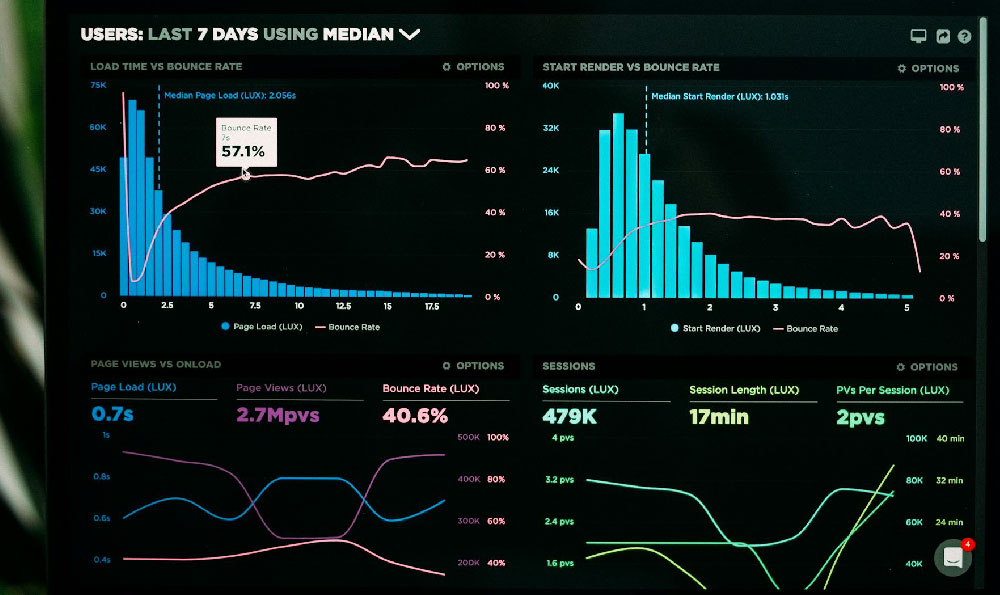Polkadot, often hailed as a "blockchain of blockchains," presents a compelling yet complex investment landscape. Assessing its worth requires a nuanced understanding of its architecture, potential applications, and inherent risks. Diving into the details can help determine if it aligns with your individual investment goals and risk tolerance.
At its core, Polkadot aims to solve the interoperability problem plaguing the blockchain space. Instead of existing as isolated silos, Polkadot allows different blockchains, known as "parachains," to connect and communicate seamlessly. This interoperability unlocks a multitude of possibilities, allowing for the transfer of data and assets across different networks, fostering innovation, and potentially revolutionizing industries. The potential applications range from decentralized finance (DeFi) to supply chain management, identity verification, and beyond. Imagine a future where DeFi protocols on different parachains can interact without friction, or where supply chain data can be shared securely and transparently across diverse blockchain networks – Polkadot aims to enable this future.
The network's architecture is built upon two main components: the relay chain and parachains. The relay chain acts as the central hub, providing security and consensus for the entire network. Parachains, on the other hand, are independent blockchains that connect to the relay chain and benefit from its security and interoperability. This modular design allows developers to build specialized blockchains tailored to specific use cases, rather than being constrained by the limitations of a single, monolithic blockchain. Furthermore, Polkadot utilizes a Nominated Proof-of-Stake (NPoS) consensus mechanism, which enhances scalability and energy efficiency compared to traditional Proof-of-Work systems. Validators are chosen based on the amount of DOT they stake and the nominations they receive, ensuring a decentralized and secure network.

The potential rewards of investing in Polkadot are significant. First and foremost, its solution to the interoperability problem positions it as a key player in the future of blockchain technology. As the blockchain ecosystem matures and adoption increases, the ability to seamlessly connect different networks will become increasingly crucial, potentially driving demand for DOT, Polkadot's native token. Furthermore, the network's robust governance system allows DOT holders to participate in shaping the future of the protocol, voting on proposals and influencing the direction of development. This decentralized governance fosters a sense of community and empowers DOT holders to contribute to the network's success. The staking rewards offered by the NPoS consensus mechanism also provide an attractive incentive for holding DOT, allowing investors to earn passive income while contributing to the network's security. Successful parachains built on Polkadot can drive further adoption and increase the value of the entire ecosystem. A flourishing ecosystem of diverse and innovative parachains validates Polkadot's underlying technology and reinforces its position as a leading blockchain platform.
However, the investment landscape is not without its inherent risks. The complexity of Polkadot's architecture can be challenging for newcomers to understand, which may hinder wider adoption. The technology is still relatively new, and its long-term viability remains to be seen. Competition from other interoperability solutions, such as Cosmos and Layer-2 scaling solutions on Ethereum, poses a significant threat. These alternative solutions may offer similar benefits or prove to be more effective in addressing the interoperability problem. The success of Polkadot hinges on the success of its parachains. If the parachains fail to gain traction or prove to be ineffective, the value of DOT could suffer. The regulatory landscape surrounding cryptocurrencies is constantly evolving, and potential regulatory changes could negatively impact the price of DOT. Uncertainty surrounding regulations can create volatility and deter institutional investors. Finally, like all cryptocurrencies, DOT is subject to market volatility. The price of DOT can fluctuate significantly, and investors should be prepared for potential losses.
Before investing in Polkadot, it is crucial to conduct thorough research and understand the risks involved. Consider your own investment goals and risk tolerance. Investing in DOT is a long-term bet on the future of interoperable blockchains and the success of the Polkadot ecosystem. Diversification is essential to manage risk. Do not put all your eggs in one basket. Spread your investments across different asset classes to mitigate potential losses. Actively monitor the market and stay informed about the latest developments in the Polkadot ecosystem. Understanding market trends and technology advancements can help you make informed investment decisions. Remember that past performance is not indicative of future results. The value of DOT can go up or down, and you may lose money. Only invest what you can afford to lose.
In conclusion, Polkadot presents both significant opportunities and considerable risks. Its innovative architecture and potential to revolutionize blockchain interoperability make it a compelling investment proposition. However, the complexity of the technology, competition from other solutions, and inherent market volatility should not be overlooked. A balanced and informed approach, coupled with careful risk management, is essential for navigating the Polkadot investment landscape successfully. Investing in Polkadot demands due diligence, a comprehensive understanding of its ecosystem, and a realistic assessment of your own financial capabilities. By approaching the investment with a strategic mindset and continuous learning, you can better navigate the potential pitfalls and position yourself to potentially reap the rewards of this promising technology.












